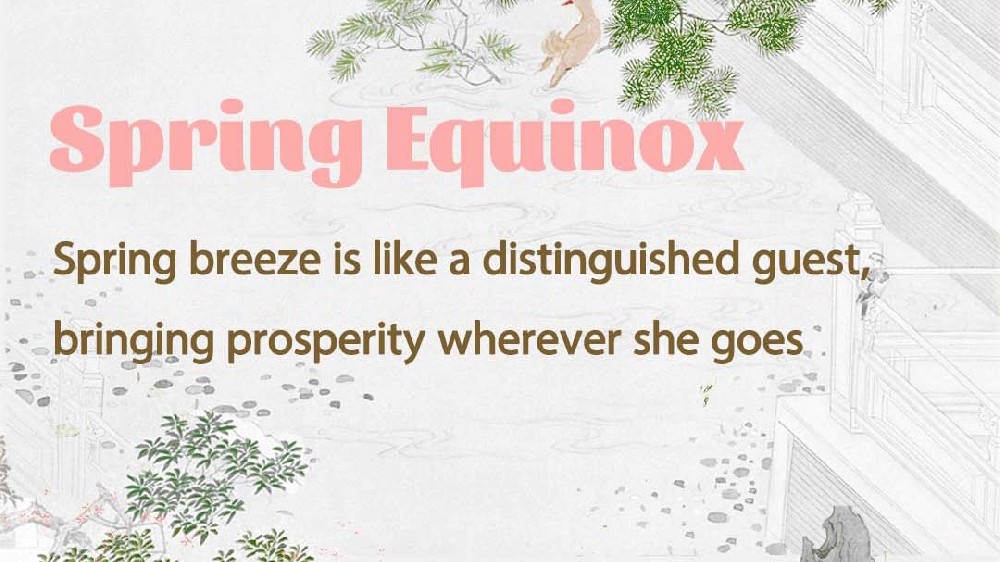Yak Culture: Treasure of the Plateau
For thousands of years, the yak, known as the treasure of the plateau, has been closely intertwined with the lives of highland peoples. It has supported the Tibetan people in all aspects of life—clothing, food, shelter, transportation, fuel, agriculture, governance, religion, commerce, warfare, entertainment, and medicine. The yak profoundly influences their spiritual character, embodying kindness, diligence, resilience, and stability. As a unique cultural symbol, the yak is called Nor in Tibetan, meaning wealth or treasure. Yak culture is one of the oldest and most widespread Tibetan folk traditions, reflecting the wisdom and creativity of plateau inhabitants.

1. Expressions of Yak Culture
Yaks, often referred to as the ships of the plateau, are the most convenient, cost-effective, and reliable means of transportation for herders. In the past, nomads in northern Xizang depended on yaks to move tents, transport supplies, and carry food as they followed water and grasslands. A single yak can carry 50 to 100 kilograms of goods while traversing mountain terrain at altitudes of 5,000 to 6,000 meters with ease.
Yak hair is used to weave tents, storage bags, ropes, and winter clothing, providing essential materials for daily life. Yak hide, after processing, is used to make Tibetan boots and shoes, which are elastic and lustrous. Dried yak dung serves as a primary fuel source for cooking and heating. For herders, every part of the yak is valuable, making it a vital source of sustenance.
A yak produces around 2 kilograms of milk daily, three times more than an average cow. Yak milk is rich in fat and protein; 50 kilograms of milk can yield 5 kilograms of butter. Yak meat is another essential resource, known for its tender texture, high protein content, and unique flavor. Dried yak meat is a staple food for herders during long migrations and travel.
In addition to its practical uses, the yak is an important cultural icon. Yak dances are traditional performances during celebrations in Xizang, and the yak frequently appears in paintings and carvings.
2. Characteristics of Yak Culture
Totem Worship:
The Tibetan people’s totemic worship of the yak has persisted and evolved over time, becoming a spiritual symbol. Yak skulls are still commonly seen in Tibetan homes, at corners of walls, mountain passes, bridgeheads, mani stone piles, and temple altars. Tibetans believe the yak’s skull represents its soul, symbolizing its spirit, divine dignity, and power. Yak motifs are also prevalent in Tibetan religious art and folk crafts. Ritual performances, such as wearing yak-head masks during religious ceremonies and depicting sacred yak dances, further highlight this deep-rooted tradition. Ancient yak-themed rock art, bronze carvings from the Shang dynasty, and painted yak motifs on Zhou dynasty pottery also attest to the enduring cultural significance of the yak.
The Spirit of the Yak:
The yak embodies virtues such as honesty, loyalty, compassion, resilience, bravery, and selflessness—qualities that deeply influence Tibetan thought and character. This strength of spirit has enabled the Tibetan people to thrive on the world’s highest plateau.
Yak Activities:
Yak racing is a traditional event in Tibetan areas. On race days, yaks are carefully groomed, and riders prepare meticulously, ensuring they are agile and streamlined. Most riders are boys aged 14 or 15, whose light weight and dexterity enhance the yaks’ speed. In Hualei, cultural and recreational activities featuring the rare white yak include songs and dances that celebrate this unique breed.
3. Contemporary Dissemination of Yak Culture
In 2020, the Xizang Yak Museum organized the Highland Yak Culture Exhibition at the Zhejiang Natural History Museum. Since its establishment in 2014, the Xizang Yak Museum has taken yak culture to cities such as Beijing, Guangzhou, Nanjing, and Hangzhou. The museum features four exhibition halls that showcase the plateau’s history, pastoral culture, artifacts, ecology, music, and dance. One striking display in the gratitude hall includes 152 yak skulls, creating a powerful visual impact. Remarkably, more than 40% of the museum’s 2,000 exhibits were donated by the public.
As interactions between the northern Tibetan grasslands and inland regions increase, yak-based products are becoming more prevalent in mainland markets. Lightweight and warm yak wool sweaters, flavorful dried yak meat, and the creamy Tibetan cheese Lala are popular items. Xizang is also investing in yak industrialization by establishing county-level pastoral companies, short-term livestock fattening bases, and breeding high-quality yak varieties. These efforts aim to preserve and enhance the excellent genetic resources of plateau yaks, positioning the yak as a vital asset for rural revitalization.

